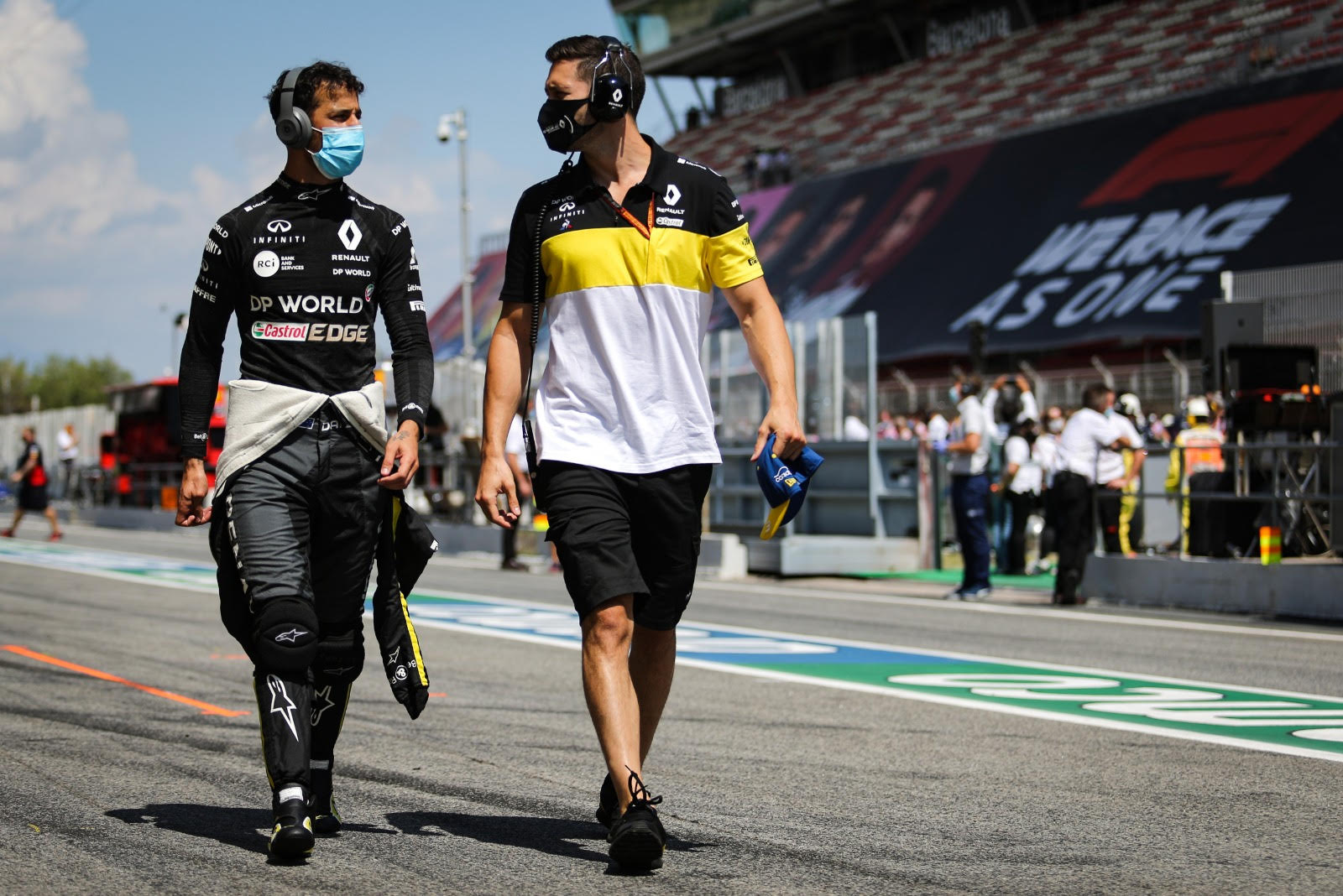Formula One is set to hold 23 grand prix across four continents next season, following the addition of a race at Zandvoort and a street race in the Saudi city of Jeddah.
Concerns have already been raised about mechanics and other members of staff being overworked and having to go weeks without seeing their families as a result of the congested calendar, but it’s also important to recognise the implications of having such a busy season on the drivers.
READ: Red Bull Will Try To Poach George Russell If Mercedes Don’t Sign Him For 2021
Speaking to Formula1News.co.uk, Daniel Ricciardo’s performance coach, Michael Italiano, warned that the busier calendar will make 2021 a particularly demanding season for the drivers.
“It will definitely be a lot more difficult from a performance aspect, as more races means shorter breaks and more countries to travel, which will make jetlag more of an issue. Jetlag is a very tricky element to manage, as sleep and recovery pivotal in this sport,” Italiano told this publication.
Continuing, Italiano – who has known Ricciardo since the age of 11 and started working as his performance coach at the end of the 2017 season – said “the calendar is already very demanding” and believes having fewer than 20 races per season “would be ideal from a performance perspective.”
Furthermore, he said some parts of the provisional 2021 F1 calendar stand out as particularly demanding:
“There will be some challenging points of the season which will really test the drivers, especially triple headers.
“One really challenging one in particular is the Singapore-Russia-Japan triple header which has never been done before. It’ll be really demanding because you have three different countries, three different time zones, all in three weeks.”
Keeping Up With Engineers
Even without additional races being added to the calendar, drivers typically need to improve their fitness levels from season to season to keep up with the increased aerodynamic performance and speed of Formula One cars as they get developed.
“Drivers have to continuously improve their fitness levels to keep up with the increased performance [of F1 cars], especially aerodynamic performance. The faster the cars are, the more G–force drivers are exposed to,” Italiano explained.
Of course, Formula One cars don’t always get faster from year to year, as regulation changes – like those coming into effect next season and to a much greater extent in 2022 – can slash downforce levels and reduce their aerodynamic performance.
Even when this is the case, drivers nevertheless need to continuously improve their fitness levels so they can focus on delivering the lap time when in the cockpit.
In addition to coaching Daniel Ricciardo, Italiano has developed several online programmes which aim to help non-athletes achieve their fitness goals.
Commenting on the differences between training a professional athlete and a non-athlete, Italiano said “there are some foundations which stay the same, like getting the right nutrition, eight hours of sleep each night, and building and maintaining a strong core.
“Daniel’s training is much more specialised to his sport than my online courses. Those are all goal-specific. For example, I have developed online programmes for weight loss, toning and helping people achieve their other fitness objectives while making working out as easy as possible for them.”
When it comes to training a Formula One driver, Italiano said “building a strong neck is obviously important, as is having very good cardiovascular fitness.”
He also gave a few examples of other important aspects of driver fitness which are perhaps less obvious to spectators:
“Some areas which people might not realise are important include building strong calf muscles, especially the left calf as that’s their braking foot. I think most people don’t realise how powerful these brake pedals are and the amount of energy going through them.
“So it’s important for drivers to have strong glutes, hamstrings and calves to handle the G-force under braking and to apply enough pressure onto the brake pedal,” he added.
The Silver Lining Of COVID-19
While the COVID-19 pandemic has ultimately spelled bad news for Formula One – with the 2020 season being delayed, spectators not being allowed to attend most grand prix this year and revenue substantially falling – it has inadvertently facilitated F1’s return to some fantastic circuits, such as Imola and Istanbul Park, and led to several brilliant races.
And, as Italiano highlighted, another silver lining of the pandemic is it allowed drivers to spend more time on their fitness training in the pre-season:
“If anything the pandemic benefitted our training. We had three months in one place, no flying. It was the first time in ten years Daniel was in one country for three months.
“Therefore, we really benefitted from isolation, being able to focus on training and building up the volume consistently without any interruptions. He came into race one the fittest he’s ever been, it was definitely the silver lining to the turbulent situation,” Italiano concluded.
The contents of this article can only be reused and republished by other media outlets in accordance with our Copyright Policy.

